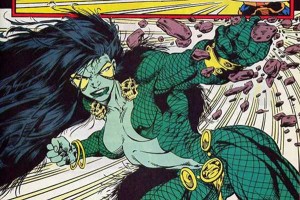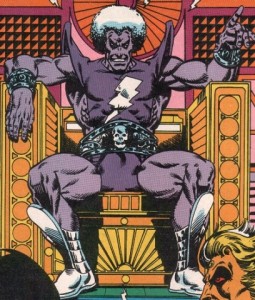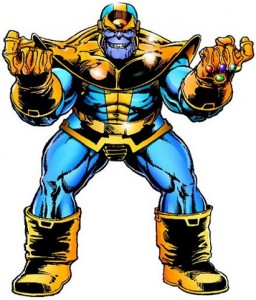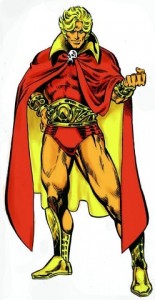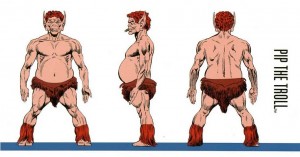Two years ago some people were upset that Zoe Saldana had to wear green body paint for her role in Guardians of the Galaxy, citing a history of Hollywood requiring black actresses to wear body paint to exoticize them or emphasize their otherness.
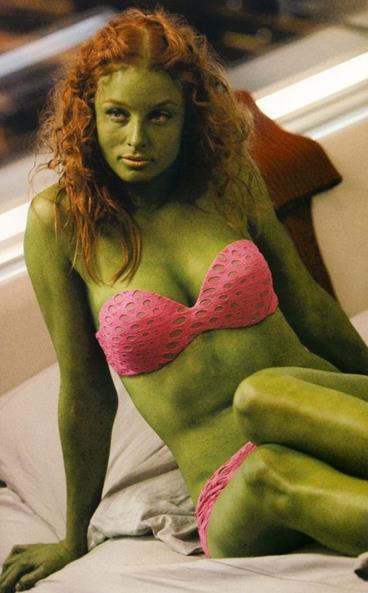
Oops…sorry, meant to insert a picture of Zoe Saldana as Gamora but that’s actually Rachel Nichols in her role as Zoe Saldana’s roommate in 2009’s “Star Trek.” Just a minute…
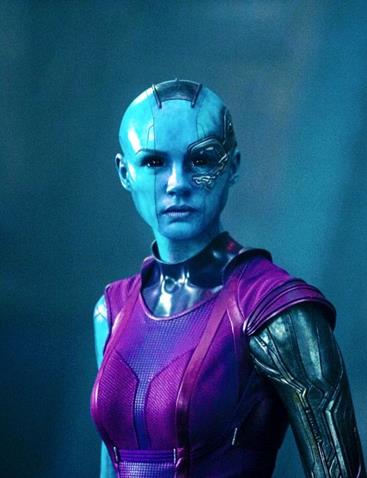
Oops…sorry again. That’s not Zoe Saldana. That’s Karen Gillan, in her role as Zoe Saldana’s adopted sister in “Guardians of the Galaxy.” Maybe I should just move on…
Now those same people are upset that the movie “Warcraft,” which opens in theaters on Friday, features another actress of color, Paula Patton, in greenface.
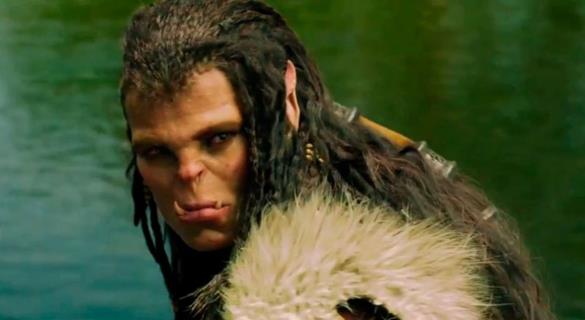
No, wait, that’s Anna Galvin who’s also in the movie. Hold on…
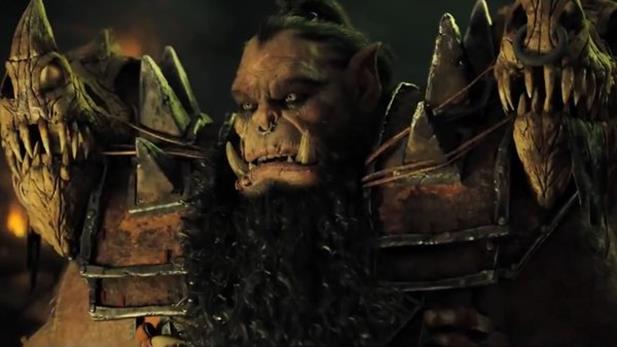
No, that’s Clancy Brown. Maybe I should get my eyes checked.
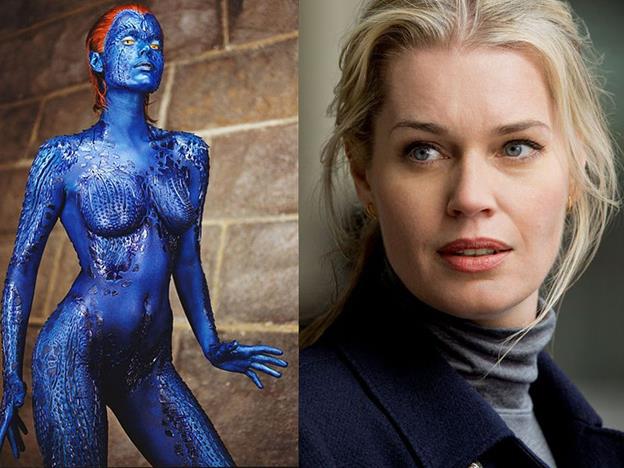
Okay, that’s Rebecca Romijn and I’m not going to apologize because it’s Rebecca Romijn in blue body paint and very little else and…and…what was I saying? Oh yes.
Gamora, the character Zoe Saldana played in “Guardians of the Galaxy” has been green since she first appeared in 1975. Which means she’s been green longer that Zoe Saldana has been alive.
Garona, the character Paula Patton plays in “Warcraft,” has been green since the first Warcraft video game came out in 1994. She hasn’t been green longer than Paula Patton has been alive but she has been green since long before anyone even thought there might be a Warcraft movie with an actress of color playing her. Now orcs in general have been green long before Paula Patton was born so there’s that.
Contrary to what the easily offended might think, this is not a case of racist Hollywood slapping body paint on black actresses just for the hell of it. This is a case of Hollywood casting black actresses in roles that would require body paint no matter what race the actress was.
People need to recognize that Hollywood has undergone a technological evolution that makes it easier to produce superhero, science fiction, and epic fantasy movies which opens the door to actors portraying mutants, aliens, fantastic creatures, and other characters that may come in colors that are not standard for the human race. Right now we’ve got the Marvel franchises, the DC franchises, the Star Trek franchise, and the Star Wars franchise pumping out movies and/or television shows as fast as they can. Social Justice Warriors need to decide if they want more diversity in movie casts or if they want to reserve extra colorful character roles for white actors like Jennifer Lawrence, Kelsey Grammer, and Alan Cumming. You can’t have it both ways.
